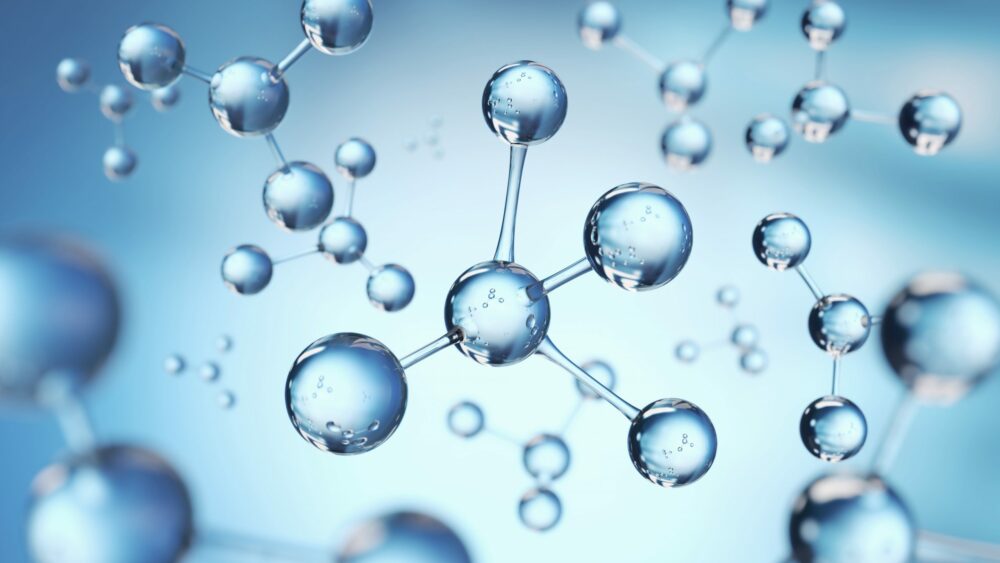
Spotting Bad Science
It’s important to be able to evaluate the evidence behind a scientific claim.

Chemistry is everywhere – everything around us is made up of atoms and molecules, which are the building blocks of chemicals and chemistry. The articles below highlight a range of chemistry topics, from the Periodic Table of Elements, to how to read a product label to interpreting science-based studies. Read on to learn more!

Ingredient labels for food and other products we use daily often include unfamiliar chemical names. For example, sodium chloride and sodium hydrogen carbonate are often listed on a product label for salt and baking soda.
Product manufacturers and chemists routinely rely on technical standards when labeling their products. This helps to ensure quality and consistency.
With a little research using credible sources, you can find out why a chemical, or any other specific ingredient, is in a product.

The Periodic Table of Elements is an ordered system of all the identified elements. These elements make up everything in our universe.
The chemical elements of the periodic table are the building blocks for everything in nature. These elements also create the products and technologies that have shaped modern societies in countless ways – clean drinking water, effective medicines and technologies ranging from solar panels to electronics components.

A “chemical family” can be defined as a group of elements that have certain similar properties and can form compounds with some similar properties.
However, there can be significant differences among the many compounds that are part of a chemical “family.” Chemicals that seem similar can have vastly different structures, uses and health and environment profiles, and each chemical in a family has its own distinct characteristics. For example, diamonds, charcoal and graphite are all forms of carbon, but have highly different properties.
Grouping chemical substances into a category or class is sometimes done by regulators to conduct initial screening, streamline testing, or support hazard or risk assessment, but is not meant to be used to define an entire group of chemicals.
Search for specific chemical ingredients:
For more chemical safety facts, follow us on social media.
© 2005 – 2023 American Chemistry Council, Inc. The ACC mark, Responsible Care®, the hands logo mark, CHEMTREC®, TRANSCAER®, and americanchemistry.com are registered service marks of the American Chemistry Council, Inc.